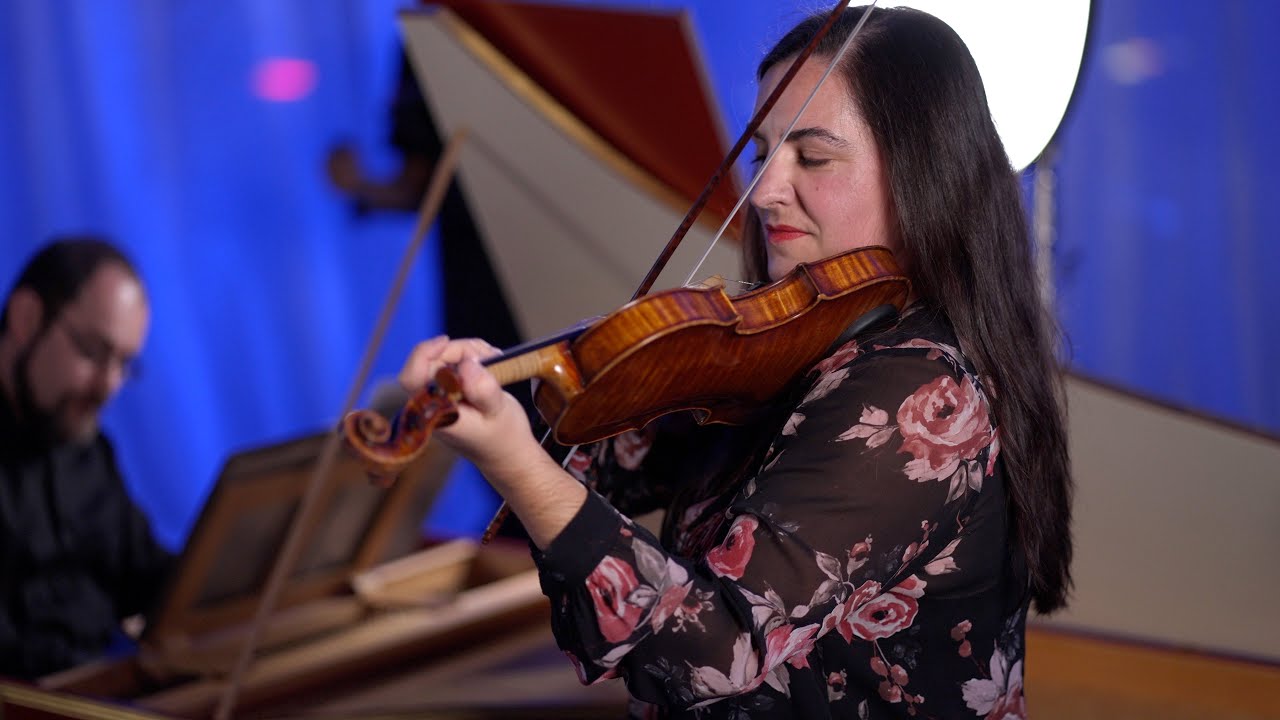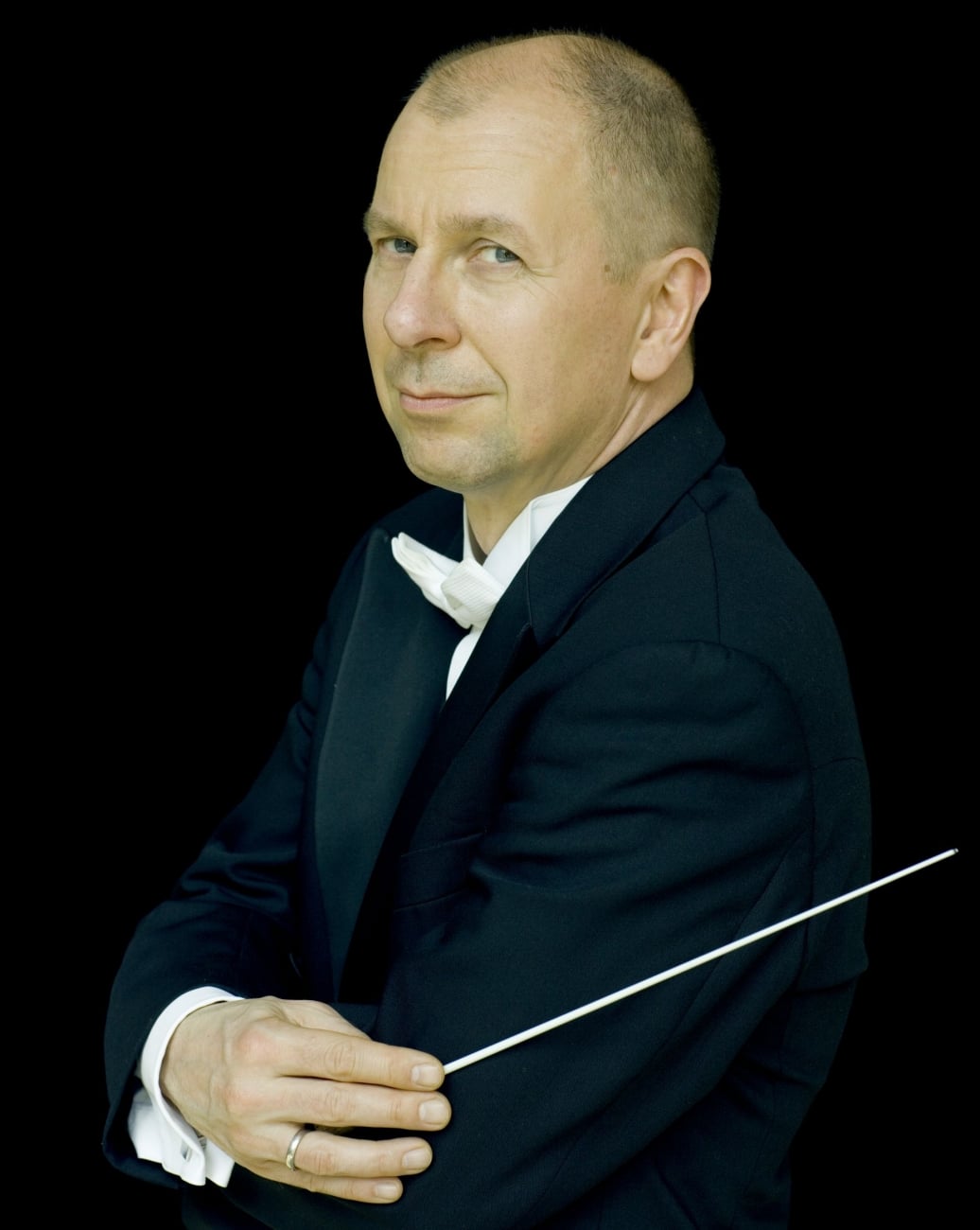Brit orch bags Czech flute
mainVeronika Klírová was announced today as principal second flute of the City of Birmingham Symphony Orchestra. There are now 12 different nationalities represented in an ensemble that was once, in living memory, regarded as the acme of Englishness.
Veronika, 26, has played with the Pilsen Philharmonic, the Prague Symphony Orchestra, Prague Philharmonia and the Junge Deutsche Philharmonie.






Principal Second Flute? That gives a whole new meaning to the concept of job-title inflation…..
I personally never quite grasped the concept behind the “numbering” of positions in some British orchestras; i.e. No. 6 1st Violin or No. 4 Viola, etc. Can anyone explain if it might be a different way of naming certain positions such as Principal, Sub-Principal, Assistant or Associate Principal. Is there any difference in remuneration between the different numbers or is it simply a title accorded to musicians with more seniority than others in a given section?
It indicates where they sit within the section; not necessarily seniority. However “Principal”, “Sub-Principal” and “Section Leader” are all different pay-grades and levels of seniority. Unless there’s more than one player employed to play a given part (eg Flute 2, Bass Clarinet), that player will automatically be a Principal and be paid accordingly. So effectively every woodwind brass or percussion player is a Principal, answering to the Section Leader (usually the 1st part player in any given instrumental grouping).
Only tutti (or “rank and file”) string players are not Principals, though these sections too will have a Section Leader, plus one or more Principals and Sub-Principals.
I have a feeling this hasn’t made things much clearer…
Thank you Halldor. It actually did clear up things. I am more familiar with the German structuring where you will have a Section Leader (titled Konzertmeister, 1. Solo…, Stimmführer etc) and Principals & Assistant Principals (i.e. Solo… or Vorspieler) but as far as tutti players are concerned, the seating is more flexible. For example, you may see a player sitting next to the leader or principal for one concert and for the next sitting in No. 4 and after that No. 6. A good example of this would be the Berlin Philharmonic where the members decide section-internally who sits where.
Perhaps your obsession with counting the number of females in any orchestra and the possible resulting illegal discrimination should extend to accepting that the same discrimination principles stop anyone employing someone on the basis of their “Englishness”.
What exactly is the newsworthiness in 2014 of any British orchestra taking on a national of another country? It would be understandable if Ms Klírová – should she see your piece – inferred that you considered that an English flautist should have had her job or at least one with credible “Englishness” credentials!